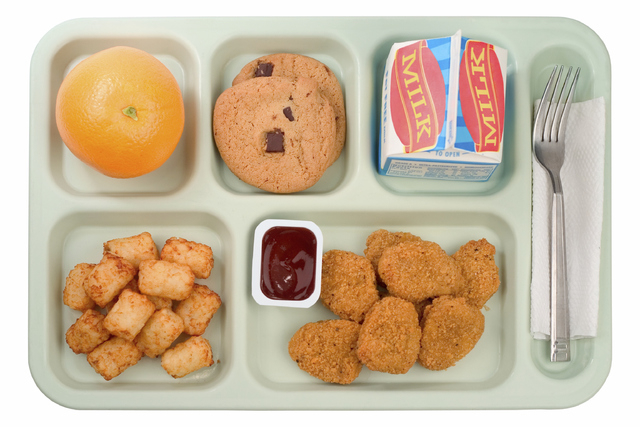Lunch can be academic success indicator

Lunch matters — not only for its nutritional value but for the insight it provides into a student’s academic life.
A student’s probability of dropping out can be gauged by his mother’s education level, according to the Education Commission of the States. But laws often forbid the collection of this information, so schools turn to different indicators, such as whether a student receives a free or reduced-price lunch.
In Nevada, fourth-grade students whose families pay for their lunches are, on average, 48 percent proficient in math and 44 percent proficient in reading. Those figures drop to 25.2 percent and 17 percent for students who receive free or reduced-price lunches.
The Nevada Task Force on K-12 Public Education Funding met Friday to hear statistics and anecdotes about Nevada students who are learning English and/or living in poverty.
The task force was established during the 2013 Legislature to consider changing Nevada’s 50-year-old funding formula to give a greater amount to English Language Learners and underprivileged students. Research has shown it takes more resources to educate these students.
The Education Commission of the States, a Denver-based consultancy also called ECS, reviewed the policies of 41 states and found that six, including Nevada, did not provide additional funding for at-risk students.
In 2014, Nevada received $115.8 million from Title I federal grants, which are given to low-income schools and school districts.
Title I funding is based on how much each state spends per pupil. Title I funding is fairly set and schools can’t receive less than 85 percent of what they did the year before, so there’s not much leeway.
“Even if the state were to double spending, it might not see a dramatic increase in Title I funding,” ECS senior policy analyst Michael Griffith said.
Of the 25 states that provide additional funds to at-risk students, 15 used the free or reduced-priced lunch program as the sole identifier for at-risk funding.
In Nevada, students are eligible for reduced-priced lunches if their family income is 185 percent of the federal poverty rate, or about $35,131 for a family of three. Free lunch is given to students with a family income that is 130 percent of the federal poverty rate, or $25,389 for a family of three.
States use lunch data because it’s already collected by the federal government and stays consistent over time.
It accounts for 57 percent of variations in student achievement, according to ECS.
Contact reporter Kristy Totten at ktotten@reviewjournal.com or 702-477-3809. Follow @kristy_tea on Twitter.












